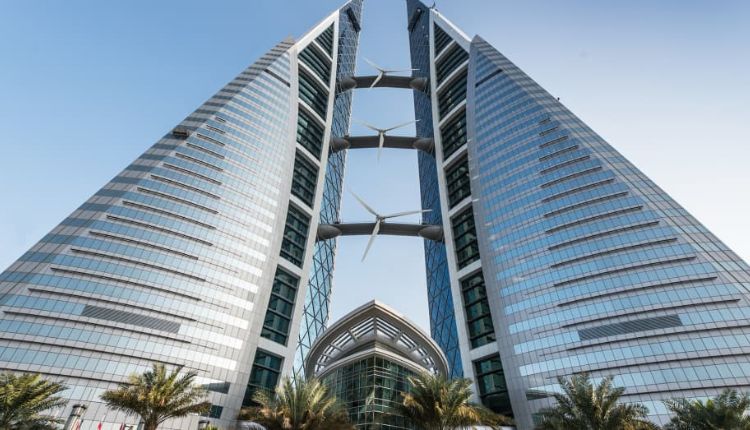The future of residential construction is anything but boring. A quick glance around the industry, and you’d see innovative techniques and concepts popping up like mushrooms after a rain. Eco-friendly solutions are hitting the mainstream, and creative homeowners are showing us that you don’t always need a pile of bricks and concrete to call a place home.
The industry’s future looks brighter than ever, and as we gaze into the crystal ball, here are seven bold predictions about where residential construction is headed.
1. Sustainability Will Be the Name of the Game
As a society, we’re becoming more conscious about the need for environmental sustainability. This shift is reflected in our homes, as more builders and homeowners embrace eco-friendly construction practices. But, it’s not just about the environment – it’s about cost savings, too. Some methods, like building a shipping container home, are not only eco-friendly but can be quite pocket-friendly as well.
2. Space Efficiency Will Rule
For those planning a move, you can learn more about efficient house removal services that align with modern residential construction trends.
As land prices increase, and more people flock to cities, making the most out of available space will be paramount. We predict innovative solutions that maximize the utilization of vertical space and multi-functional rooms will become common. You’ll start seeing more homes that are big on functionality, not on square footage.
3. Construction Technology Will Boom
As we’ve seen in countless other industries, technology will play a massive role in the evolution of residential construction. Advancements in software, materials, and equipment will improve efficiency, safety, and quality. While this may sound like some high-tech sci-fi stuff, the adoption of such technologies is no longer a question of ‘if’, but ‘when’.
4. Disaster-Resilient Homes Will Be Standard
Extreme weather events and natural disasters are unfortunately becoming more common. As a result, homes built to withstand these calamities will become standard. These disaster-ready home features will become as typical as plumbing and electricity in the years to come.
5. Alternative Building Materials Will Become Mainstream
Traditional building materials like bricks and concrete won’t be going anywhere, but they’ll be sharing the spotlight with some newcomers. From hempcrete to bamboo, the use of alternative, sustainable materials in home construction will surge in the coming years.
6. Self-Powered Homes Will Become Commonplace
The drive for energy efficiency and independence will lead to more homes generating their own power. The use of solar panels, wind turbines, and other renewable energy sources will increase. Homes will not just consume energy, but produce it, feeding surplus power back into the grid.
7. DIY Construction Will Be on the Rise
The internet has made DIY home construction a viable option for many people. From repurposing containers to building tiny homes, homeowners are taking matters into their own hands, constructing homes that reflect their personal style and needs.
Customized Homes Will Be the Norm
A significant development we foresee is the shift towards highly personalized homes. The one-size-fits-all model will become less popular, with more homeowners choosing to customize their spaces to meet their unique needs and lifestyle. Whether it’s designing a home office for remote work, creating an outdoor living space, or tailoring interiors to specific aesthetic preferences, customization will reign supreme.
Health and Wellness Will Influence Design Choices
In the future, home design won’t just be about aesthetics and functionality—it will also be about promoting health and wellness. As people become more health-conscious, they will want their homes to support their wellbeing. This could involve anything from using non-toxic building materials, integrating natural elements for biophilic design, to building home gyms. Our homes will not just be places to live in, but spaces that enhance our physical and mental health.
Affordability and Accessibility Will Be Key Factors
With property prices soaring in many regions, creating affordable housing solutions will be a crucial challenge for the industry. This could involve developing innovative financing solutions, utilizing cost-effective building methods, or creating compact, efficient homes. In addition, we foresee a greater focus on accessible design, creating homes that are inclusive and functional for everyone, regardless of age or ability.

